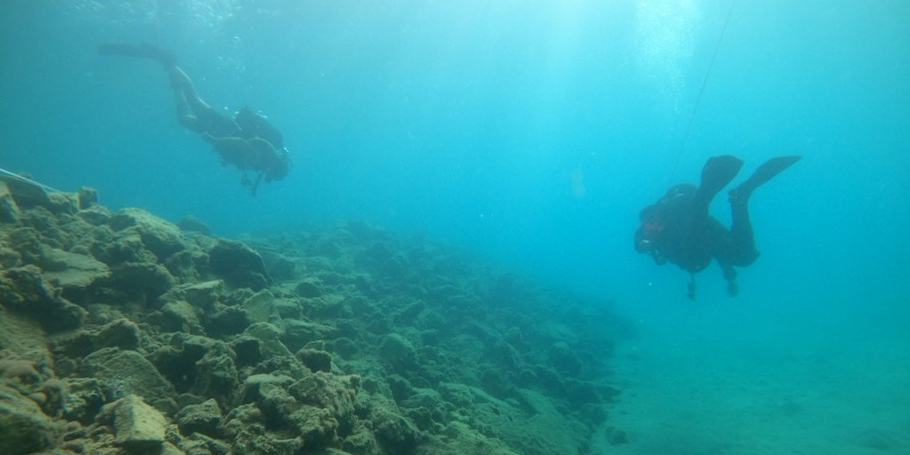Asine, Argolid (1922, 1924, 1926, 1930, 1970–1974, 1976–1978, 1985, 1989–1990, 2021)
Published: 2020-05-15

Fig. 1: Map over the site of Asine and its surroundings (Basemap: Google maps satellite image).
The site of Asine is located c. 8 km south-west of today’s city of Nauplio. The ancient remains here are spread out over the top and slopes of the 330 m long and 50 m tall acropolis cliff jutting out into the Argolis bay, as well as on the Barbouna hill just to the west. On both sides of the acropolis there are beaches, the western one providing an excellent harbour. Across from the acropolis the island of Romvi functions as a breakwater, protecting the landing.


